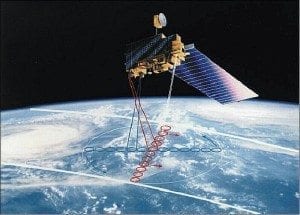We are excited to announce that NASA will be accessing the anonymous CloudSpotters data from around the world to fine-tune their state-of-the-art CERES cloud-observing satellite equipment. The instruments are central to scientists’ efforts to better predict how the Earth’s climate is likely to change over the decades to come because they will help us understand the complex role of clouds in determining ground temperatures. NASA will compare their satellite observations with the actual, verified, geo-tagged cloud observations by users of CloudSpotter, to see when their instruments are judging the clouds correctly. Of course, all the data we’ll make available to NASA is completely anonymous. One thing that we can all agree on about the future of the Earth’s climate is that the clouds are the big unknown. We have little idea whether warming average temperatures would result in more or less cloud cover. Nor do we know if a warming worlds would have an affect on the relative proportion of low clouds versus high clouds. It is a crucially important question since the low ones tend to have an overall cooling effect while the high ones tend to have a warming one. Clouds are considered the ‘wild cards’ in our attempts to accurately predict and model future temperatures. Whenever you have one of your cloud observations verified as correct by the CloudSpotter app, you will be helping scientists fine-tune the CERES cloud measurements, and so actively improving our ability to accurately model our future climate. |

Our CloudSpotter app helps NASA fine-tune their satellites
July 12, 2013





